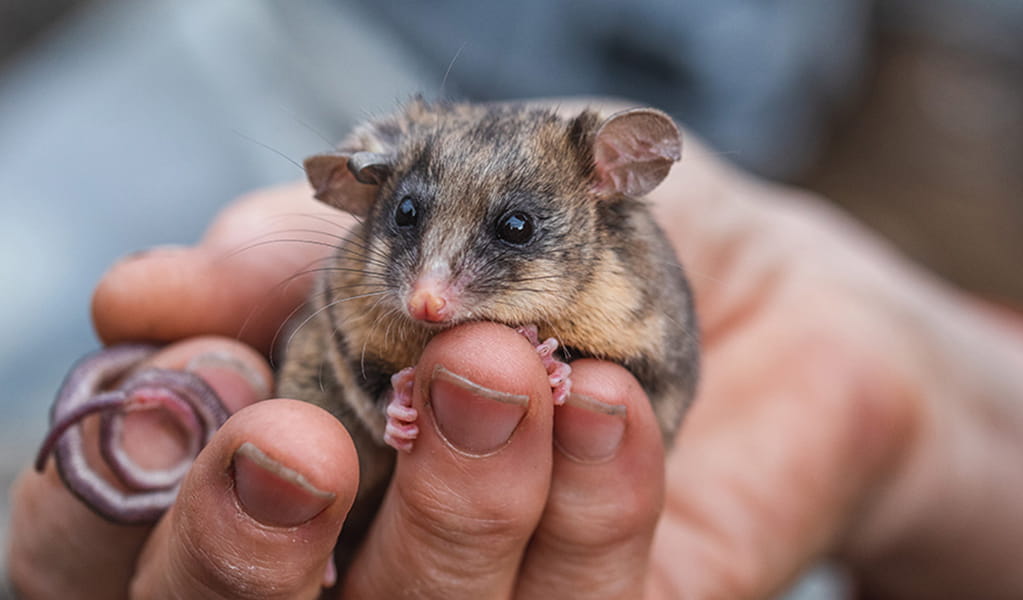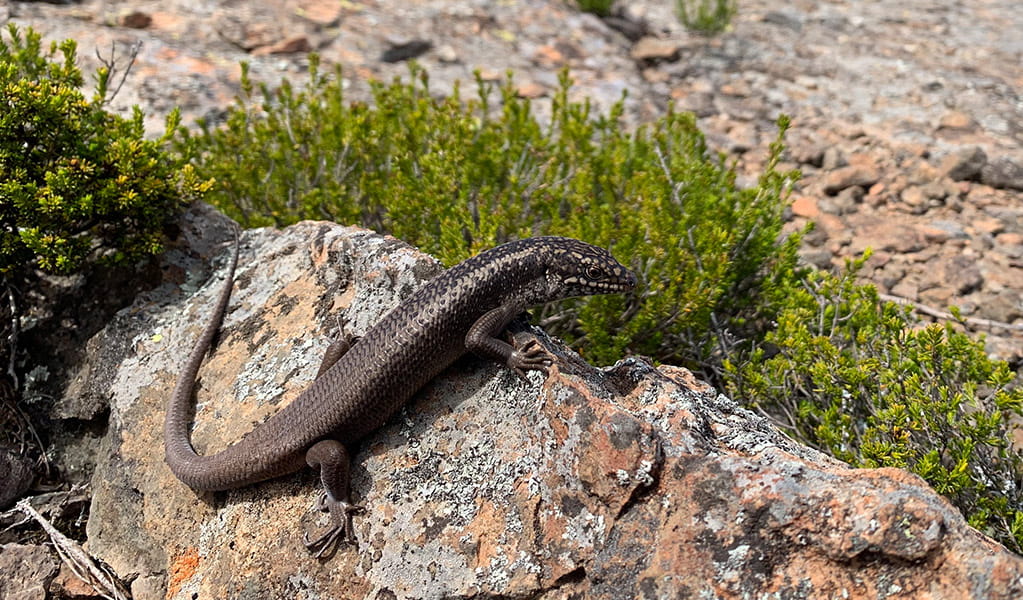





NSW National Parks and Wildlife Service (NPWS) is the first national park agency in Australia to set a zero extinctions target, and one of the first in the world.
Around 84% of the approximately 900 threatened species in NSW are found in our protected parks and reserves. Find out what we're doing to ensure our parks are a permanent stronghold for threatened species conservation and recovery, and see how you can help.
Scroll or swipe to see what we're doing to ensure the conservation and recovery of threatened species in our parks.
Over 350 Assets of Intergenerational Significance (AIS) areas have been declared in our parks as home to the most threatened animal and plant habitat, giving them extra legal protections.
Just as we have a net zero emissions target, we now also have a target of zero extinctions of threatened species in our NSW national parks.
Find out more about our network of feral predator-free areas across NSW national parks that are helping to turn back the tide of native animal extinctions.
Saving our Species is the NSW Government's flagship threatened species program, and the biggest conservation commitment ever made in NSW.
Ecological health performance scorecards is a world-leading program that will track the ecological health of 8 NSW national park sites.
Each year, NPWS acquires land for our parks system to include a wide variety of ecosystems, environments, plants and animals, and places important to people. This helps to protect biodiversity and cultural heritage
Invasive weeds and pest animal species threaten our native animals and plants and can harm the environment. Find out what we're doing to manage these threats, and how you can help.
Discover threatened species stories and experiences
Check out our series of videos to learn more about this prehistoric plant's incredible story, why protecting this botanical treasure is so important, what's being done to safeguard it, and where you can see it safely.
Enjoy our self-guided audio tour as you explore Kalkari discovery walk in Ku-ring-gai Chase National Park. The tour will bring the sights, sounds and stories of this area's threatened species to life.
Australia has the worst mammal extinction record in the world. By establishing feral predator-free areas we're working to reduce the extinction risk for 33 locally extinct species, including the bilby, and help secure a further 45 existing threatened species.





More than a million species worldwide are threatened with extinction. Our protected areas provide vital refuge from the impacts of feral animals, altered fire regimes, climate change and other threats.
Sign up for news, report sightings, or volunteer. See some of the ways you can make a difference and be part of Saving our Species (SoS).
See how you can help safeguard our plants, ecosystems and threatened species at risk from deadly Phytophthora root rot.
From treading lightly or helping injured wildlife, to reducing the impact of feral animals and weeds, find out how you can care for our parks during your visit.
Volunteer for NSW National Parks’ threatened species projects and make a real difference to the future of our Australian animals, birds and plants.
We employ a range of dedicated people across NSW, including park rangers, field officers, scientists, subject experts and administration staff.
Learn more about NSW national parks' biodiversity by exploring our many amazing parks and nature reserves. Remember to be mindful of native wildlife and habitat when visiting.
National Threatened Species Day is commemorated on 7 September every year, to raise awareness of plants and animals at risk of extinction.
Join the growing number of citizen scientists during Australia's FrogID Week, held every November.
Global Big Day is one of the worlds largest birdwatching and citizen science challenges. It takes place over 24 hours on a single day in May.